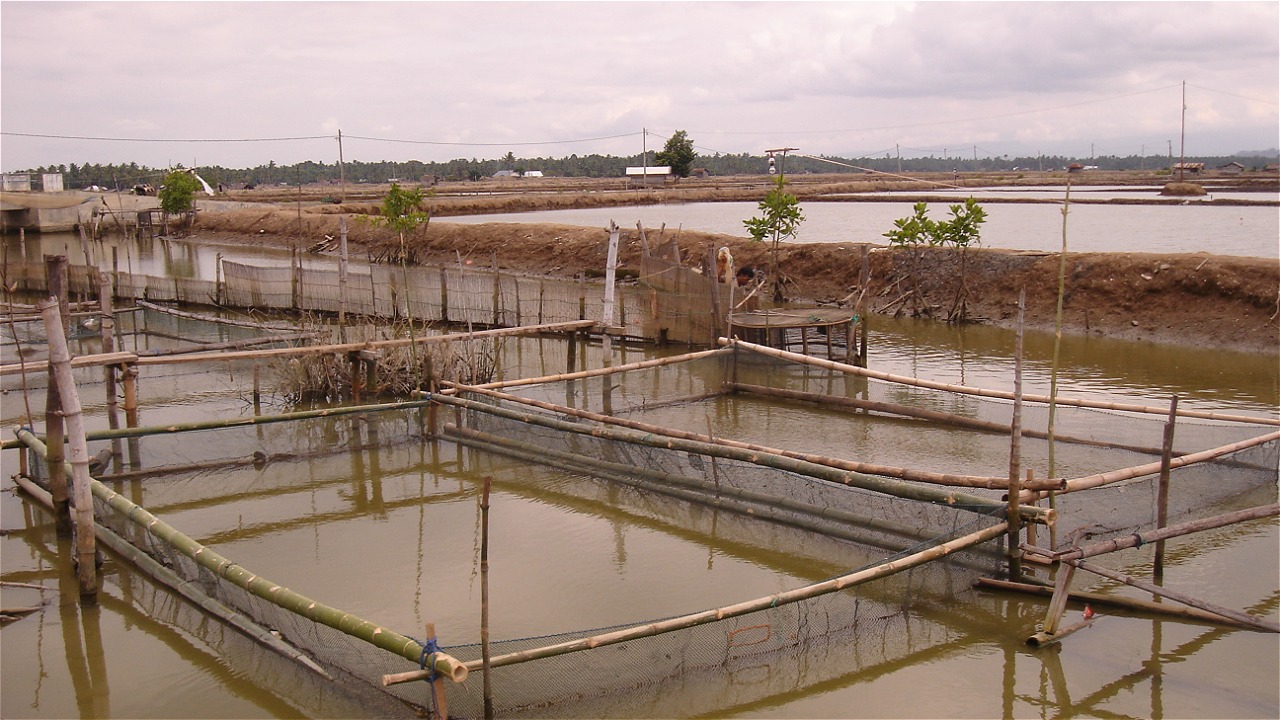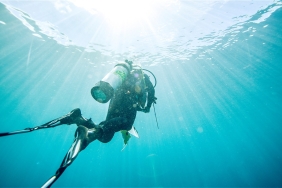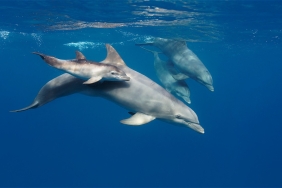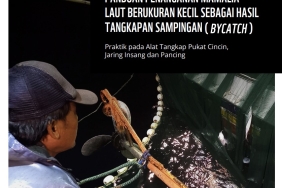THE FOURTH POND SCHOOL: SHRIMP FARMER GROUP MANAGEMENT STRATEGIES
Author: Idham Malik (Aquaculture Officer, WWF-Indonesia)
April 2, 2016 was the fourth time WWF-Indonesia held a pond school in Pinrang Regency Minapolitan Area. This time the theme was "Shrimp Farmer Group Management Strategy" and invited Abdul Salam Atjo, a local fisheries extension officer, and Ariyanto Hidayat, a village facilitator in Gowa Regency as speakers. The purpose of the activity, which was attended by 18 farmers in the Minapolitan Area, was for farmers to better understand group methods and be able to apply these methods in group development in improving mutual welfare.
One aspect that is of concern to the Aquaculture Stewardship Council (ASC) certification is the farmer group institution. Within a group, cooperative relationships for technical and environmental improvements in shrimp farming can be established. An organizational structure for division of roles, group planning, organizational rules in the statutes and bylaws, and good financial management, can develop farmers' social skills as well as technical competence in increasing tiger shrimp production. In groups, environmental improvements can also be carried out efficiently and en masse, such as joint planning and implementation of mangrove planting, joint agreements for aquaculture waste management, joint anticipation of the spread of disease, and action against perpetrators of environmental destruction.
Abdul Salam Atjo started the material by explaining in detail the legal basis of the institutional form, its requirements and uses. According to KEP 14/MEN/2012, there are various forms of institutions: Joint Business Groups (KUB), Fish Cultivation Groups (Pokdakan), Processor and Marketer Groups (Poklahsar), and Supervisory Community Groups (Pokmaswas) - for example, groups that monitor marine areas for fish bombing activities. An effective group, according to Abdul Salam, consists of 10-25 farmers and is led by a charismatic and influential leader. In addition, administrative issues also need special attention, such as group books (containing names, addresses, telephone numbers, main and side businesses, data on land ownership and number of plots), daily cash books, activity plan books, and guest books are available.
Another material from Ariyanto Hidayat, he invited participants to play while learning. Participants were given a piece of paper and asked to form a large hole so that each could enter the hole. Of course, with the condition that the paper should not be tampered with the edges. In the game, participants were invited to think critically and out of the box. Not only that, participants are also expected to try hard to find a way out, and not give up quickly when facing problems.
From the game, participants are invited to learn by practice. Learning from practice trains us to explore our own experiences during the learning process to be reflected upon. Therefore, after the practice, each participant was asked to tell their learning experience; then analyze the problems faced; identify influencing factors; and finally, identify solutions to problems. From this sequence, participants gained new understanding. Now, this new understanding is expected to be used by participants as a provision for them to repeat the events that have been experienced before. This learning sequence also applies when facing problems in the field.
To finalize this, Ariyanto tried to map out a methodology to give cultivators an understanding of how the group development scheme works. First, the group must determine the target or vision to be achieved, then determine the needs, for example with the development vehicle of shrimp farmer business cooperatives. Second, determine the form of intervention through organization, planning and division of tasks. After that, determine the time of implementation, location of activities, strategic partners (such as NGOs and local government), estimate the costs required, and sources of financing.
The explanation from Abdul Salam Atjo and the scheme introduced by Ariyanto are expected to help participants to organize and describe their ideal group scheme. The next step is to implement the scheme in their respective groups. Hopefully this fourth Tambak School class will be useful, see you at the next Tambak School!





